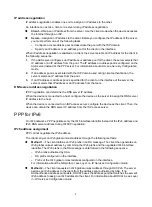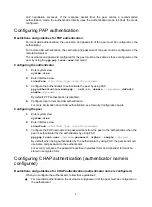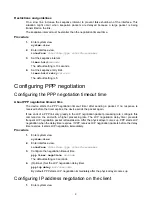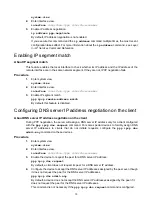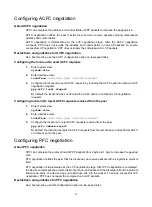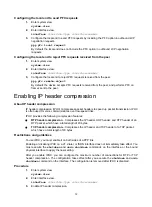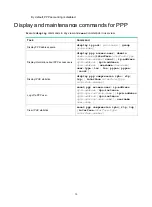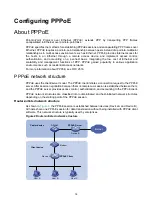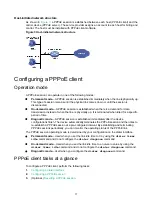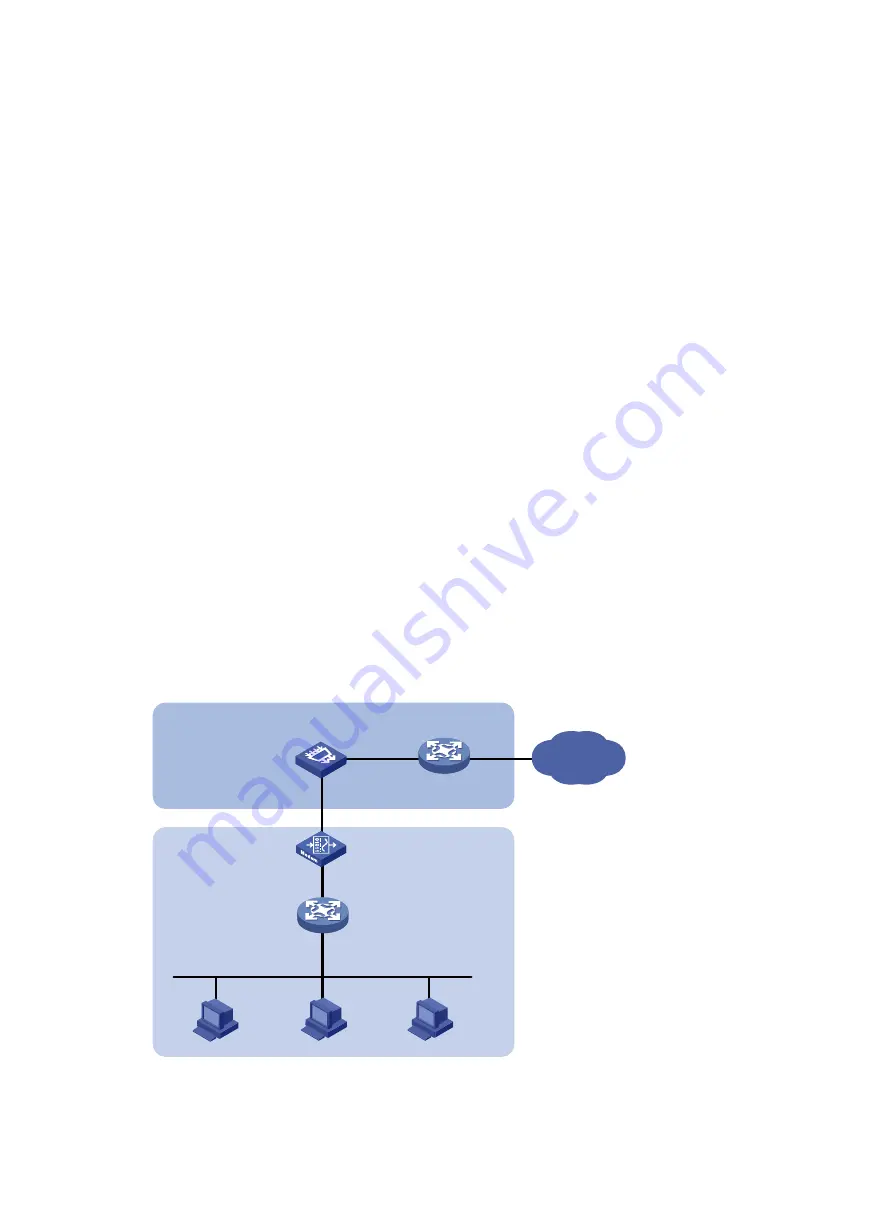
16
Configuring PPPoE
About PPPoE
Point-to-Point Protocol over Ethernet (PPPoE) extends PPP by transporting PPP frames
encapsulated in Ethernet over point-to-point links.
PPPoE specifies the methods for establishing PPPoE sessions and encapsulating PPP frames over
Ethernet. PPPoE requires a point-to-point relationship between peers instead of a point-to-multipoint
relationship as in multi-access environments such as Ethernet. PPPoE provides Internet access for
the hosts in an Ethernet through a remote access device and implement access control,
authentication, and accounting on a per-host basis. Integrating the low cost of Ethernet and
scalability and management functions of PPP, PPPoE gained popularity in various application
environments, such as residential access networks.
For more information about PPPoE, see RFC 2516.
PPPoE network structure
PPPoE uses the client/server model. The PPPoE client initiates a connection request to the PPPoE
server. After session negotiation between them is complete, a session is established between them,
and the PPPoE server provides access control, authentication, and accounting to the PPPoE client.
PPPoE network structures are classified into router-initiated and host-initiated network structures
depending on the starting point of the PPPoE session.
Router-initiated network structure
As shown in
, the PPPoE session is established between devices (Device A and Device B).
All hosts share one PPPoE session for data transmission without being installed with PPPoE client
software. This network structure is typically used by enterprises.
Figure 2 Router-initiated network structure
Device B
Host A
Host B
Host C
Modem
PPPoE Server
PPPoE Client
Device A
DSLAM
Internet
Client device
Carrier device


